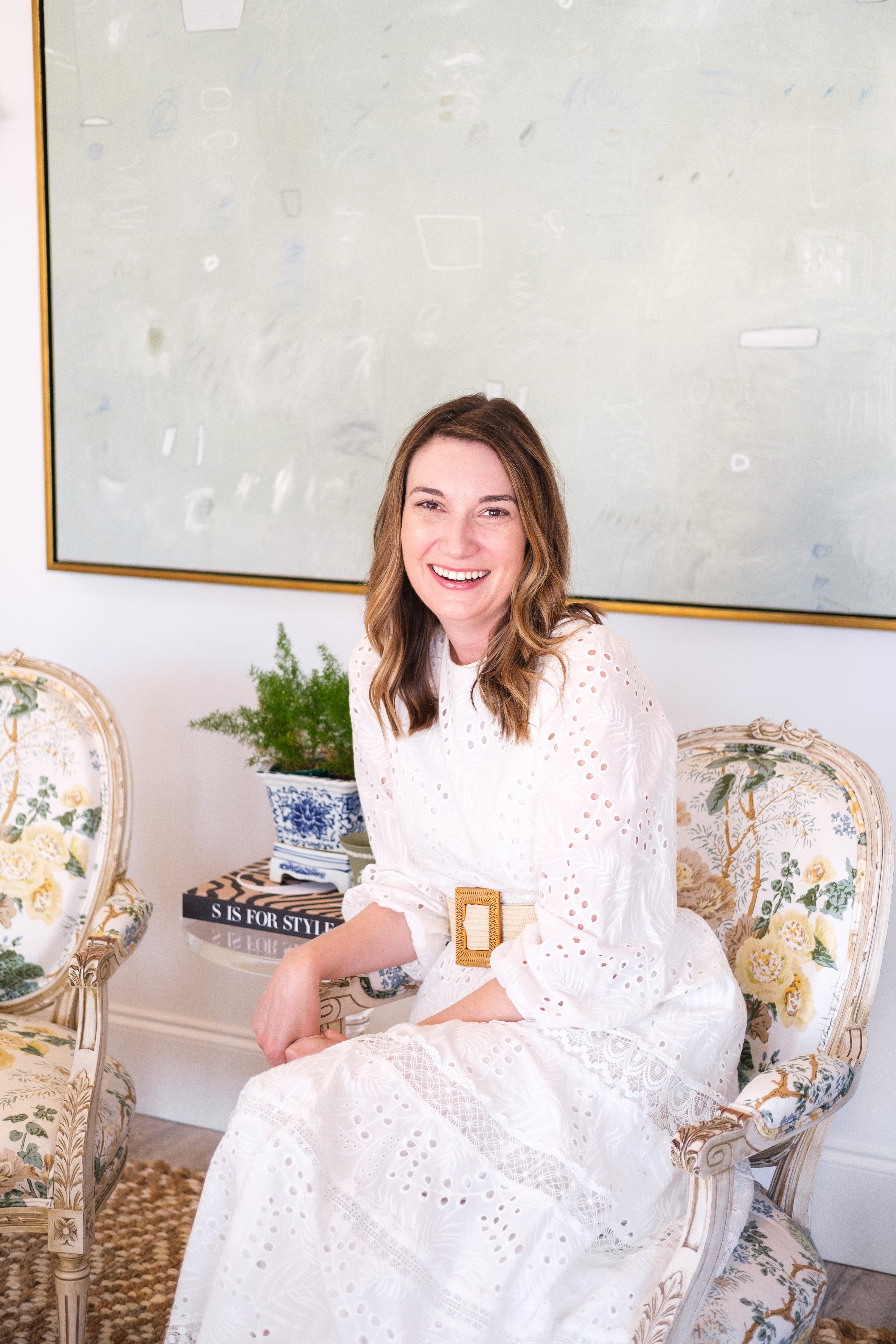The 50 States Project is a series of candid conversations with interior designers across the country about how they’ve built their businesses. This week, Covington, Louisiana–based designer Megan Evans tells us how she’s creating a close-knit team in a place without an established design community, how the current economy is affecting her project pipeline, and the clever way she offsets the cost of selecting finishes.
Did you always know you wanted to be a designer?
I loved clothes, textiles and textures as a child—I had a very fashionable mother and grandmothers who always prioritized and valued getting dressed. I think Southerners like to dress for the occasion. I’m in Los Angeles this week [for La Cienega Design Quarter’s Legends event], and I’ve definitely noticed that here. My mom had a clothing store, and in high school I worked at a fashion boutique, so I went on this path to study fashion merchandising at LSU in Baton Rouge. But I hated it there, so after a year I went to Tulane. I was there for a year when Hurricane Katrina hit. I secured an internship at a menswear company called Ben Sherman in New York, and I had a friend to stay with, so my parents encouraged me to do it. After the internship ended, they offered me a job, so I took it and was there for about a year and a half.
In the spring of 2008, Ben Sherman had an opportunity for me in the L.A. office. I was young and naive, and, you know, what do I have to lose? So I moved. But it was 2008, the recession happened and my position was eliminated. I was stuck in this lease, and my parents were like, “Well, you either have to find a job or go to school.” There were no jobs to be had—it was really scary—so I enrolled at the Fashion Institute of Design & Merchandising with a visual merchandising concentration.
You were sticking with fashion.
At first, yes. But one semester in, I was like, “You know, I see these interior design students coming and going, and I’m way more intrigued by what they’re doing.” When I was working in fashion, part of my job was setting the booths for the trade shows, dressing windows and helping with new store rollouts, and that was always more fun to me than the actual clothing. I realized the interior design was what I was more interested in, so I switched over to that program, got through it as fast as I could, learned so much and loved it.
As I was graduating, my now-husband proposed to me and we were figuring out our next steps. The recession wasn’t over—people were still holding their money pretty tightly and it was hard to get a design job that you could live off of, so I took a job in the Pacific Design Center as the Donghia sample librarian. It was the most unglamorous thing ever. But also, I have such an appreciation for the memo process now and how valuable all of that is—even when you have paper cuts on your hands from pulling wallpaper samples all day. It gave me a huge appreciation for that side of the business.
What brought you back to Louisiana?
We decided that Los Angeles wasn’t really where we wanted to stay forever, so we packed up and moved back to the suburbs of New Orleans. I took a job with the lighting company Bevolo, where I helped develop their AutoCAD programs so that they could offer CAD blocks to designers. Then I went to work for [designer and high-end furniture and antiques shop owner] Tara Shaw, and was there for a good bit. I took some time off to have my son, and when I went back to work, it was at [custom bedding brand] Leontine Linens, and I was there for about four years.
That’s quite a well-rounded series of jobs. Was that intentional?
I had this weird background of having a design degree yet being so service-oriented ever since I finished school. I think that’s a huge component of this business that school does not prepare you for—I tell anybody who’s thinking about becoming a designer to go work in a showroom or a store. You should work somewhere that forces you to sell something because it’s such an important part of this business—even in the initial meeting, when you’re selling yourself, there’s a service aspect to it.
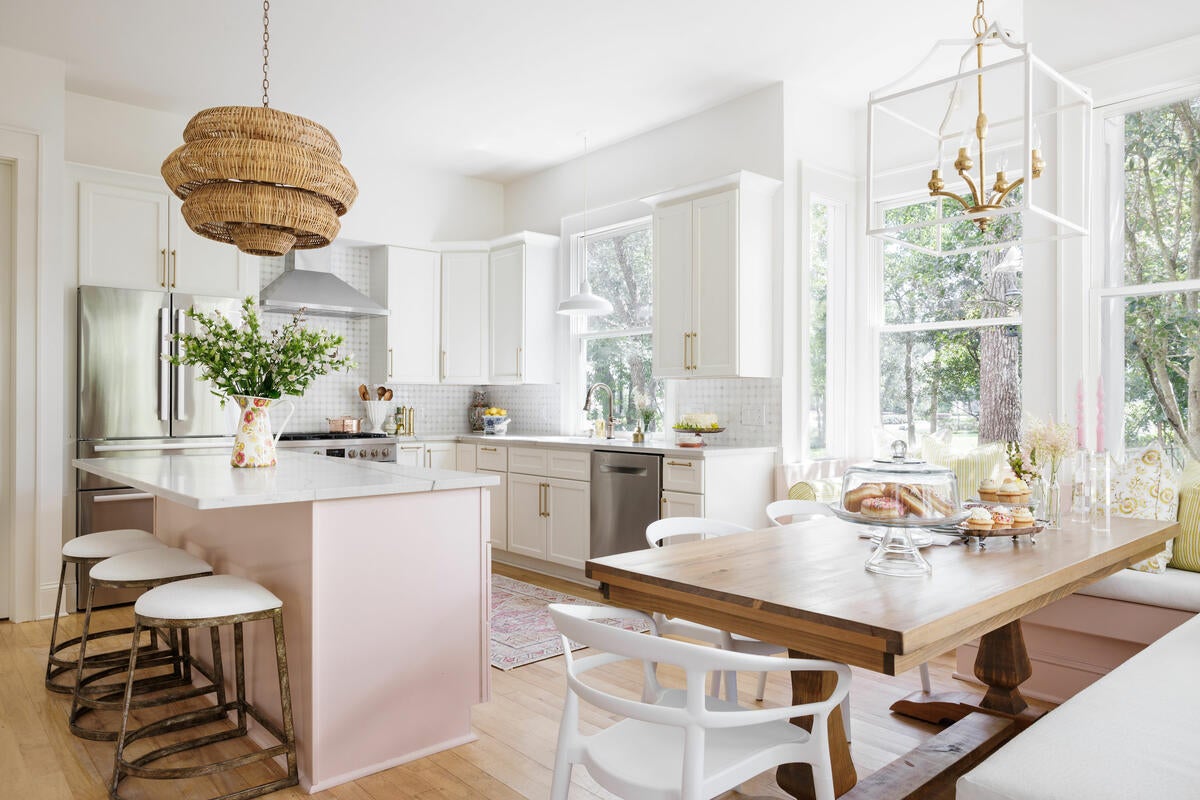
What made you want to launch your own firm?
It was a circumstantial family thing: My husband took a new job and I had to be closer to home for our son, who was starting kindergarten—that’s why I left that role at Leontine Linens. Jane Scott Hodges [of Leontine Linens] was really sweet when I left—I didn’t tell her I was leaving to start a business, because I was like, “If this fails, I don’t want people to be like, ‘What happened?’” So I just told her I was leaving to be home and closer to my son, and she was like, “Well, if you want to come back, the door’s always open.”
I started this business on a wing and a prayer. I had zero clients, and it has evolved out of this closet in my house. I was really fortunate because I had someone make a connection for me right off the bat, and I got a whole-house, ground-up new build as my first project with an incredibly trusting person. That was in the fall of 2019.
You say it as if you weren’t prepared—but based on your resume at the time, it seems like you were ready?
Yes, I had done it working for Tara, and my husband and I had built a house together in Louisiana where I had selected the finishes and decorated. But I had a very small portfolio, just my personal homes, when I got this new build. After that, though, little things started popping up, like a friend that was expecting a baby and needed help with her nursery, and it’s all been very organic and driven by word of mouth since then. Things were just starting to ramp up for me when Covid hit—we literally poured the slab for this new build two days before everything shut down. I was like, “Oh, my God, what are we going to do? I’m home with a kindergartner, and my husband works in health care.” He had to go to work. I had just picked up a client with a very generous budget for soft goods and small decorating things around the house, and she was like, “I need to put things on pause.” I thought, “If she’s pausing, this is bad.” It was scary for a few weeks. But while people were holed up in their houses, I picked up three new clients.
It sounds like things turned around quickly.
Exactly. It was: “I hate my kids’ bathroom,” or “I hate my house.” So it went from zero to 100 very quickly. By that summer, I realized I was spread super thin and couldn’t keep doing this alone, so I took on a part-time assistant. That wasn’t something I had anticipated needing, but the growth was just so exponential that I needed help.
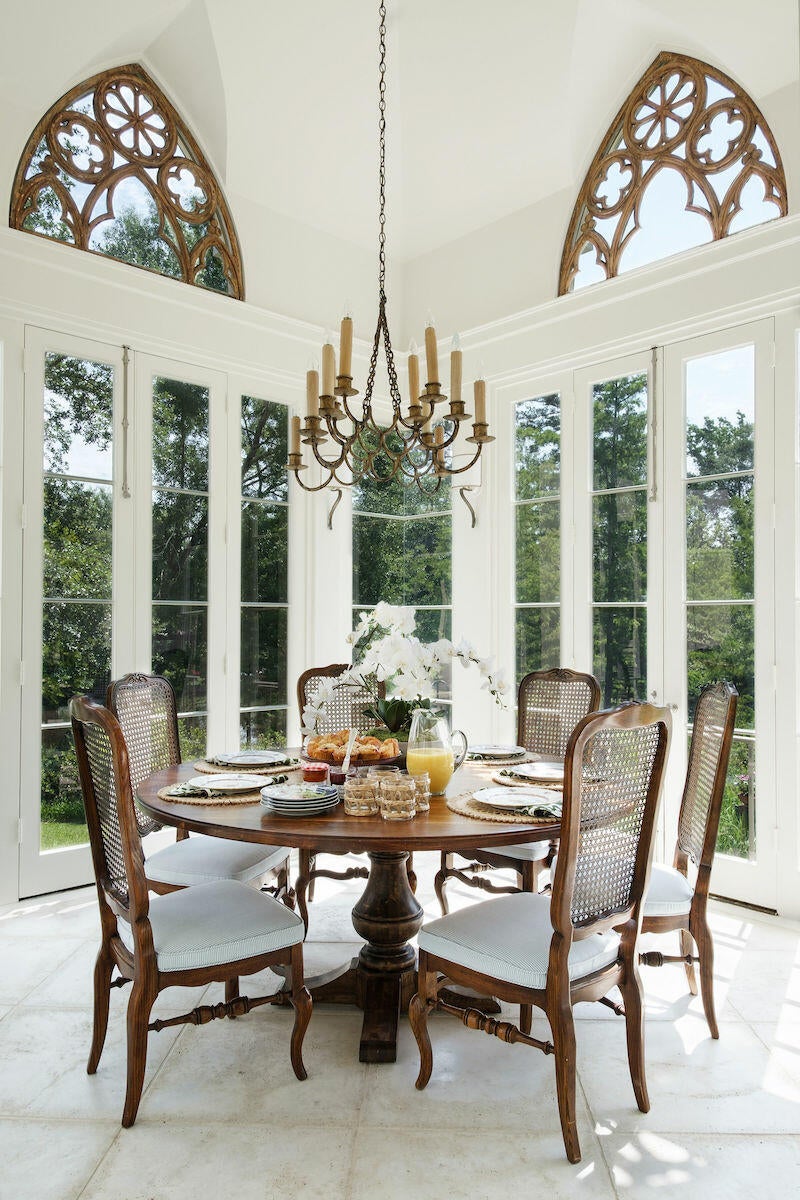
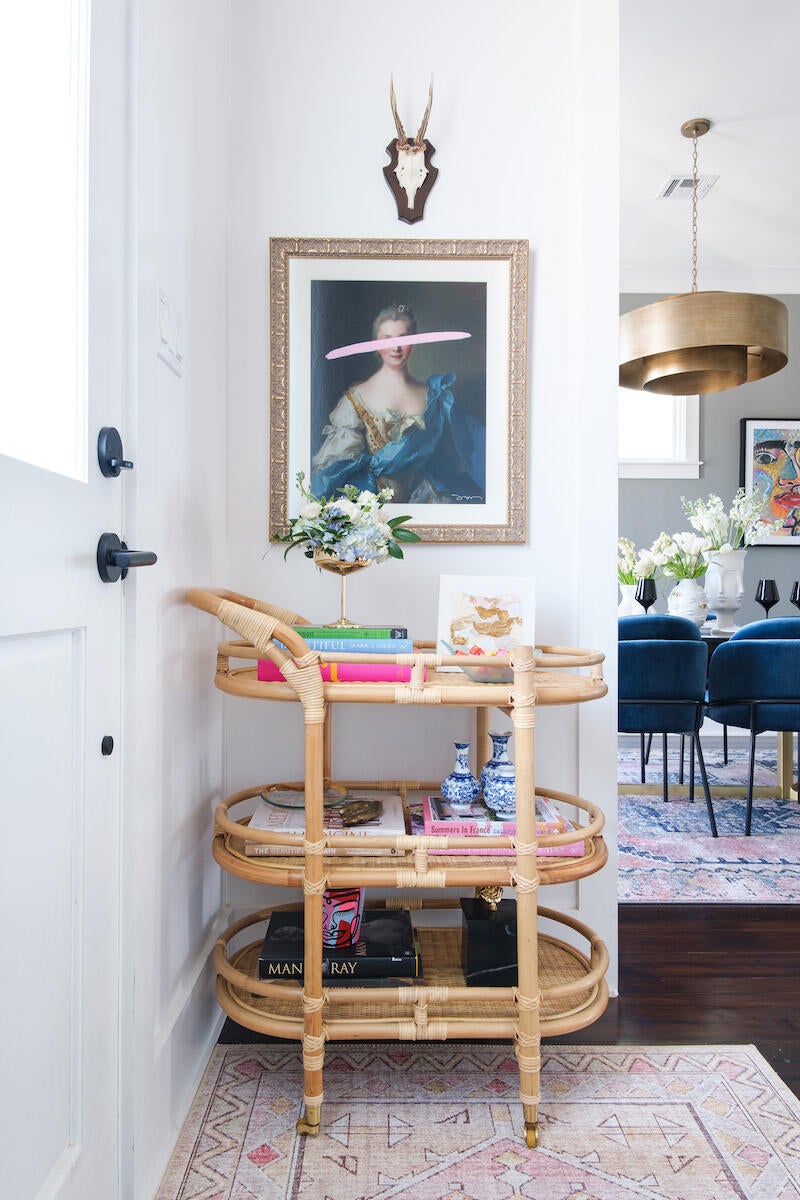
What did that assistant role entail at the time?
She was remote and very part-time, but it was great to feed her proposals, or to have her start putting mood boards together—anything that could be done digitally, she would help with. She was from my hometown and had the intent to move back [to Louisiana]; the plan was that when she moved, she would be here on a full-time basis. Then her husband took a job that kept them in Virginia, so I hired Heather Borgstede Rapalo, who had cold-called and sent me her resume. She was a designer who had gone to LSU, and she was working at a local home furnishings showroom. I called her, we went to lunch, and I hired her. And to this day, I lean on her so much. She is hyperorganized, super creative, and she understands client relationships and the art of the sale, and all of the back-end logistics. It’s been great. And then in June 2022, I brought on Katie Mineo to manage all of the paperwork—placing POs, logistics, coordinating installs, all the unglamorous things. But she also has a design degree, which is great, because she has an understanding of the creative process and we’ve been able to pull her in on a couple of projects for sourcing or CAD. Eventually, I’d like for her to grow into a role that is more creative—I mean, nobody creative really wants to be doing POs all day.
Totally. Is there tension there in having someone creative in an operations role?
No. There’s no drama, and there’s no attitude—I think that if you treat people like adults, they’ll act like adults. Katie knows that before you can really get into the creative process, you need to understand the steps you have to get through before you can even show a client something. How important it is to check and double-check. And, “What’s the price on this? Oh, it’s $600 a yard? Well, we can’t show that to her.”
I think [it’s about] understanding the checks and balances—and when it comes time to schedule this install, yes, we’ve picked out all these great things, and yes, this house is going to be amazing, but there are so many other people who need to touch this project for it to get there: the wallpaper installer, the electrician... Where’s the cabinetry hardware? When can the trim carpenter come? It’s like herding cats, and it doesn’t get from A to Z without a million stops in between.
Katie has been such an asset because she’s so hungry and eager to learn—and it’s nice, because she also understands how to be in a client meeting. Katie and Heather went to an appointment yesterday that was time-sensitive because the client’s leaving for the summer—I’m in L.A., and was like, “Well, we can’t sit on our hands for a week while I’m gone, so go present because we need to keep this moving.” And they did great. And I think that’s also a huge confidence booster to have some autonomy. It’s not just, “These are my clients.” Feeling like it’s their project and their client too is really valuable.
That’s huge. I don’t often hear designers say they have faith in their team to do some of the bigger client-facing work without them.
It also depends on the client. Heather had been in presentations with me before with this client, so it wasn’t like, “Oh, here are two strangers coming to present to you”—there was some familiarity there. But also, I never say, “Katie works for me,” or “Heather works for me.” I say they work with me, because we are a team and I need them.
I’ve worked for people who shielded things or didn’t want you [as an employee] to be part of it—you’d get to a certain point and then they’d be like, “OK, I’m going to take it from here.” Yes, sometimes that’s how it works. But I think to keep employees happy, they need to feel like they’re part of the bigger picture instead of just chained to a desk. If you’re just running from showroom to showroom pulling tile samples, and then it’s like, “Oh, but you can’t sit in on the meeting”—I just don’t believe in that.
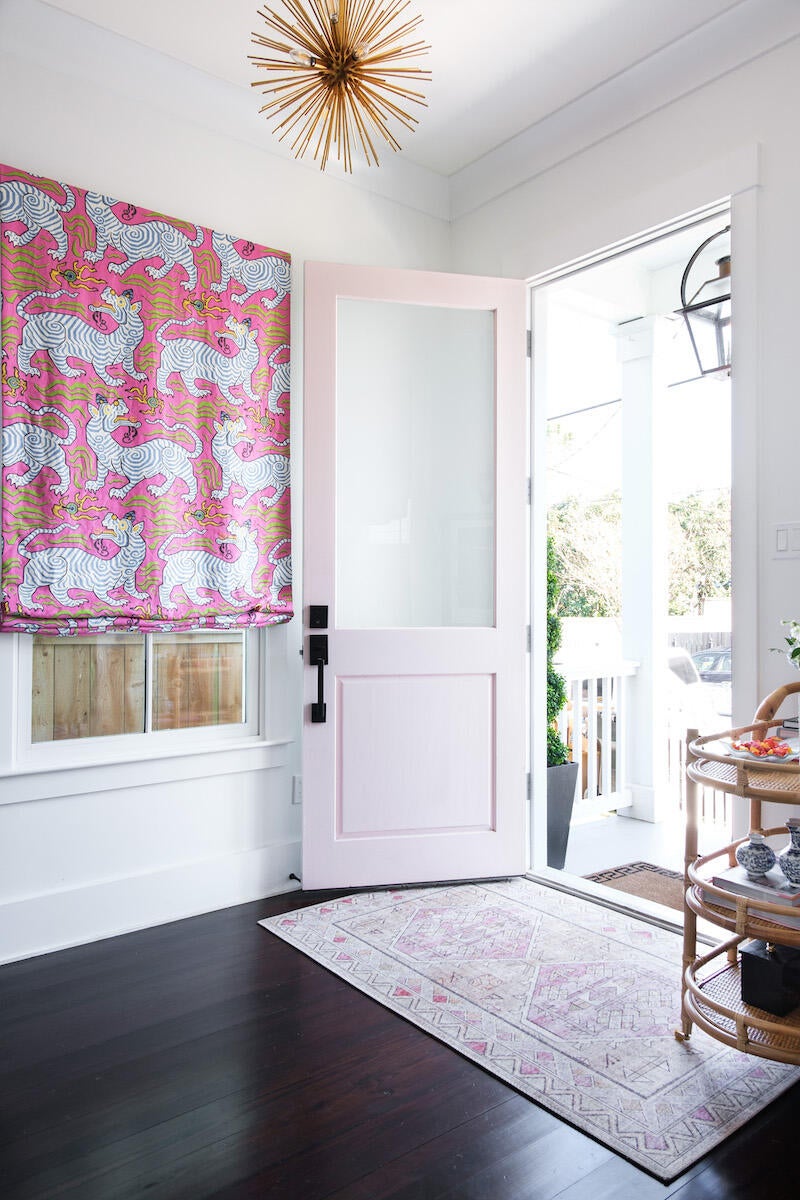
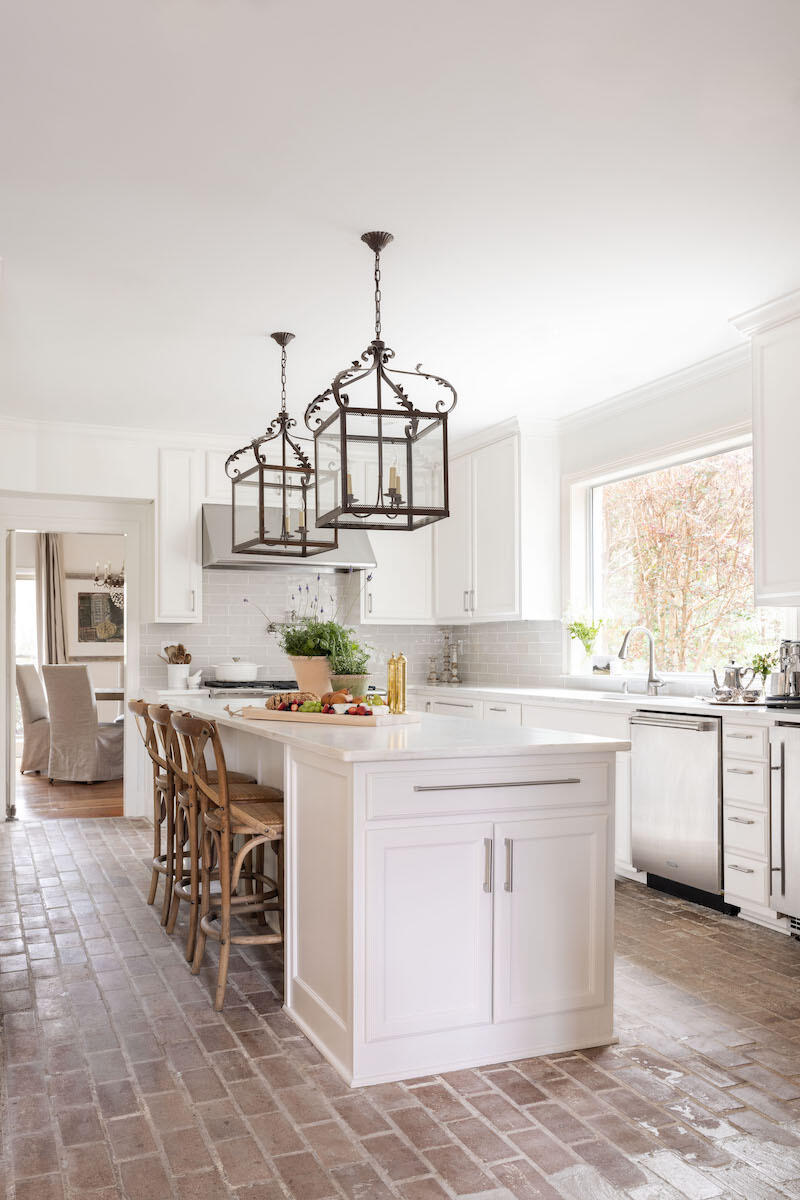
When you look ahead, where do you see an opportunity to grow?
I’d like to take on more ground-up projects and less room by room. We have great clients who work at a little bit of a slower pace, but I’d love to focus solely on ground-up. I also love the idea of a small, very curated antiques showroom, or—I don’t want to say a store, because I hate retail and I know I don’t want a retail space—but just a really beautiful space where we can host events for clients.
It’s really weird—there’s no real design community in New Orleans. New York has it, Atlanta has it, Houston and Dallas have it. We don’t have that. And I’d love to have a space where we can network and collaborate with other people, and there’s room for everybody. I don’t know why people hold things so close to their vest, but it can be kind of isolating—sometimes you just need someone to bounce an idea off of. I’d love to eventually buy a little cottage in town as our office but have it truly outfitted like a home—sort of a home-office studio. And I’d love a licensing and collaborative deal with a brand. I mean, I just want to grow. But we’ll see what happens with the real estate market. I think everybody’s kind of pumping the brakes right now.
Let’s talk about that. Do you see a slowdown ahead?
We’re not slowing down yet. But what I am seeing is all those people who bought homes in 2020 and 2021 and got locked in at a great interest rate—they’re not going anywhere. So we’re getting calls to do light renovations or more decorative things rather than whole-home projects or new builds.
Does that change how you feel about the financial health of your business?
Not necessarily. People will always invest in their home. I think people are always going to want to freshen things up. But it may be more, “Hey, we’re going to spend $30,000 on some pieces for the living room,” as opposed to, “Hey, we’re going to change everything in this house we just moved into.” And the smaller things like that will definitely keep us going.
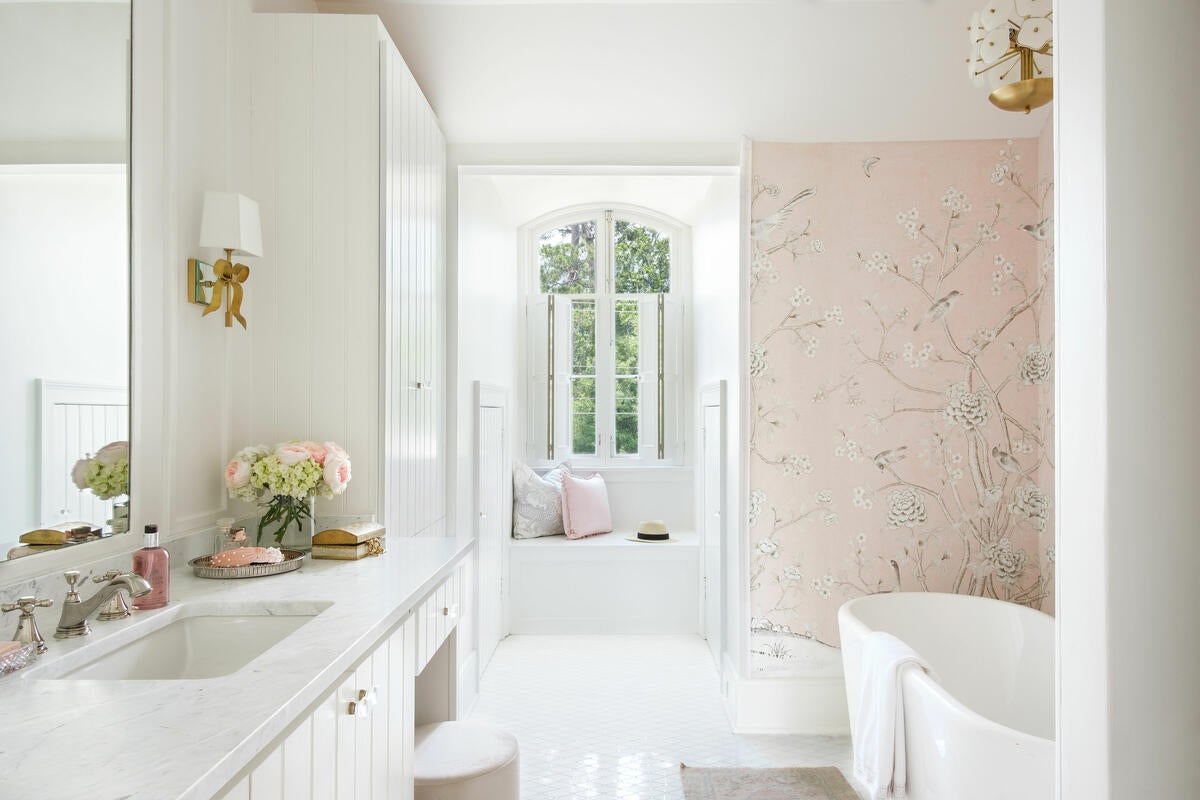
Let’s go back to the New Orleans design scene. Could you tell me a little bit about where you shop and the local resources that are available?
New Orleans is tough. Louisiana in general is tough. We have two trade showrooms in New Orleans where we shop for furnishings—they’re very small, but they have a nice offering of upscale furnishings like Lee, Century, Visual Comfort, Hickory Chair. We’ll use local rug stores when we need to—you can’t just buy a rug online, you have to have it in hand. And then there’s a handful of local plumbing showrooms that we utilize. I also go to Dallas periodically to source new textile lines or things like that.
We do have a great antiques offering in New Orleans. We’re lucky in that sense—there’s great consignment stores and antiques shops, which makes it a little bit easier to source those really beautiful one-of-a-kind pieces. And not having to pay $800 to ship it when it can be sourced locally is always helpful.
That’s definitely an upside!
It was especially helpful during Covid, when everybody’s lead times were just ridiculous, and you could have a baby sooner than you could get a chair. We used so many vintage pieces that could just be re-covered because people didn’t want to wait.
How have you approached billing for your work?
We bill by the hour for any time spent working on your project, whether that’s sourcing or meeting in person. We also take a markup on any items that we source and present for your project. I don’t bill for correspondence—nowadays, there are so many different ways to communicate, and I’m not going to bill you for every text. However, if a client says, “Can we schedule a call at this time?” I do bill for that because I’m having to pull away from something to be available and present for this call.
I also charge a higher hourly rate on any sort of renovation or new build for the time spent on selecting finishes—countertops, paint, anything that the builder is billing for and we don’t make a markup on—to help offset the cost. Then, once we get to a place where we’re sourcing furniture, rugs, decorative lighting, the hourly rate drops down.
Are clients understanding of that shifting hourly rate?
It’s something we started in January of this year, and everyone’s been understanding and accepting. I was nervous to do it. But how many times are we going out to the stoneyard, and we’re not seeing a dime for it? And it’s time—time that we can’t serve another client.
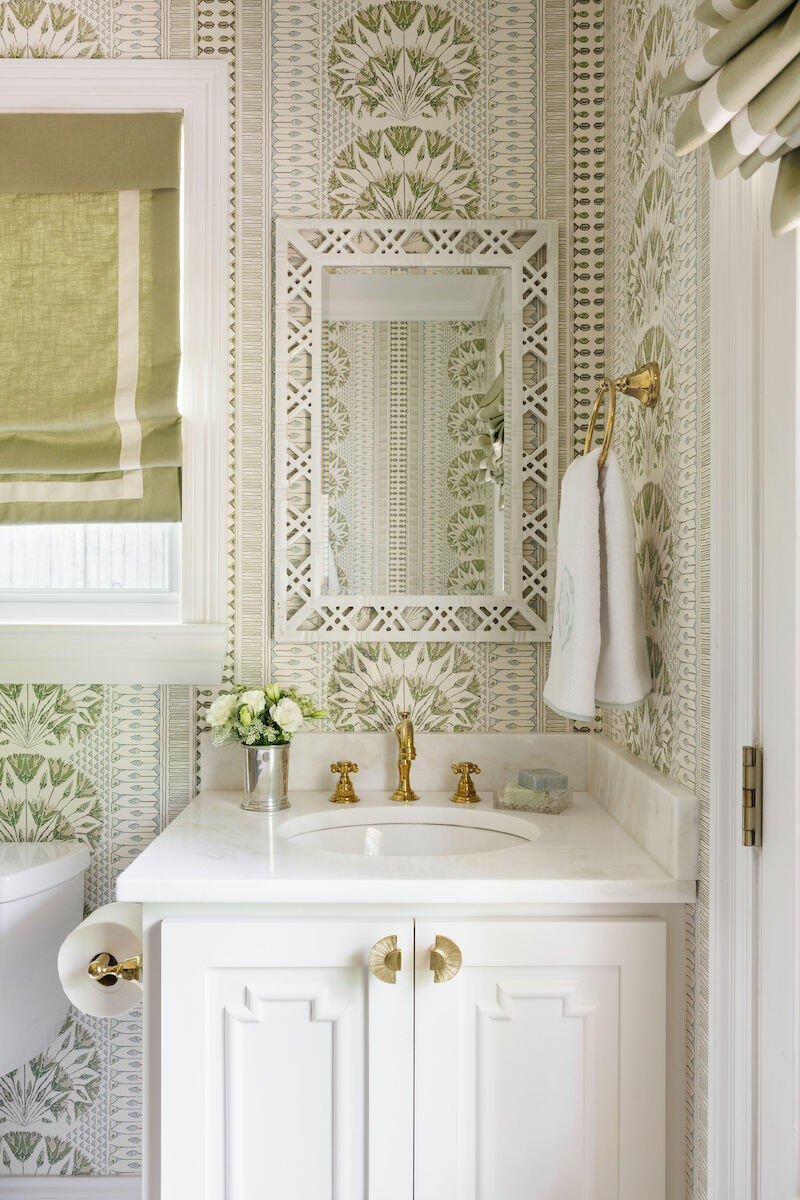
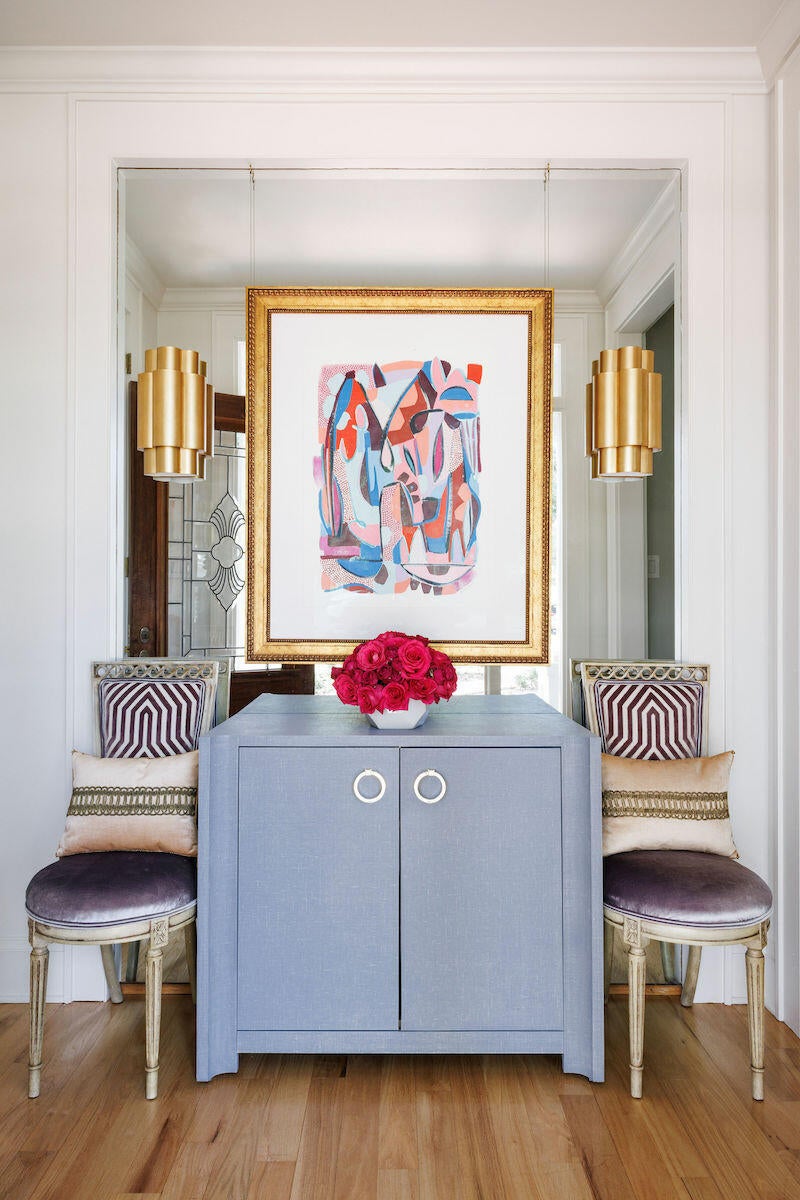
What made you want to land on hourly billing in the first place?
At least where we are located, I think it’s hard for people to justify writing a big check upfront without wondering, “What am I getting for this?” I also didn’t ever want to have to go back and be like, “Hey, we worked through all your hours, I need more money.” And I think it holds us accountable, and I really do want them to know, “Hey, this is how much time we spent on X, Y and Z. This is how much time we are catering to you and servicing you and thinking about this.”
We bill monthly, so on the first of every month, we send you a bill for your hours the month before. And I’ve only had a client push back on it once. For bigger jobs, I have presented a flat fee as an option—I’ll say, “This is the estimated number of hours that this job will take, and you can pay half now and then we’ll collect the other half in six months, or we’ll phase it out as the project progresses.” No one has taken me up on it. But I think we’re the exception, not the norm.
So many people tell me their clients want the certainty of that flat fee.
I know! But when we’ve given people the option, they’re like, “You can bill me every month.”
Do you find yourself having to explain how the process works to your clients?
We have to explain it, and we have to explain it again. And then they still don’t understand. I dealt with two clients last week that just don’t get it.
What are they getting wrong about it?
We have a very thorough client agreement. But part of the problem is that there are three or four local furniture stores that offer design services. We are doing so much more than what [they’re] offering you—here, the in-house designer is usually the lady who owns the store, and she’s going to sell you a white slipcovered sofa. It’s someone who works for the store, but clients think they’re getting a designer. My clients don’t always understand that, by working with us, we are the store. You’re buying it from me. You pay me, we order the furniture or the lights or the rug, and we oversee the delivery—you don’t go shop this at the store down the street.
A lot of people really value it once it is explained, and they get into the thick of a project. That’s when they realize all that we are doing, and they’re like, “Oh, my God. I couldn’t have done this without you.” If you go 25 miles north to New Orleans, everyone gets it right away because they don’t have these furniture stores that have an in-house designer.
When you look back, what is the biggest thing you know now that you wish you had known when you launched your business?
You need to stand firm when there’s pushback. When you’re so new and fresh at the beginning, and clients push back on price or try to negotiate and you’re trying to keep them happy, it’s a slippery slope. But if you give in, they come to expect it. Now, I know that while you’re trying to please and provide for them, and keep them happy and keep the job, you need to be strong—polite but firm. And you can’t discount ever. We don’t discount time. I think valuing yourself is the most important thing that you can do for your business at any time.
What does success look like for you?
Success for me is being happy and excited to go to work every day, and having these wonderful client relationships, and a really strong team where we can all lean on each other and work together. And not just in the office, but also with a strong team of subs that we believe in, and a strong team of workrooms and vendors—the people behind the scenes help you become successful, and they often don’t ever get any of the credit. I mean, if you have strong relationships with your vendors and workrooms, they’ll make magic happen for you even at the eleventh hour.
To learn more about Megan Evans, visit her website or find her on Instagram.
















